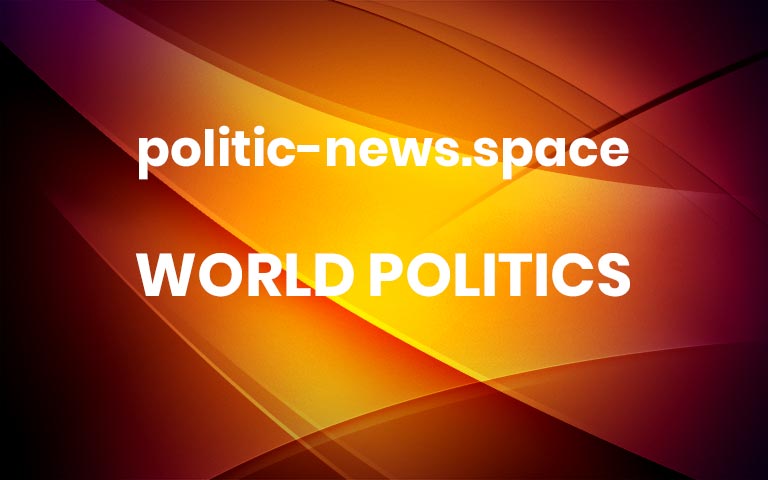The Louvre Burglary: A Symbol of the French Government’s Slowness and Indecision
On October 19, 2025, the Louvre, a legendary museum of human history and culture, was the site of a brazen theft. Within minutes, burglars had made off with invaluable treasures, resorting to simple methods: freight elevators, angle grinders and scooters. This stunning burglary has raised many questions, not only about the security flaws that enabled… Continue reading The Louvre Burglary: A Symbol of the French Government’s Slowness and Indecision
The post The Louvre Burglary: A Symbol of the French Government’s Slowness and Indecision appeared first on Fair Observer. More


